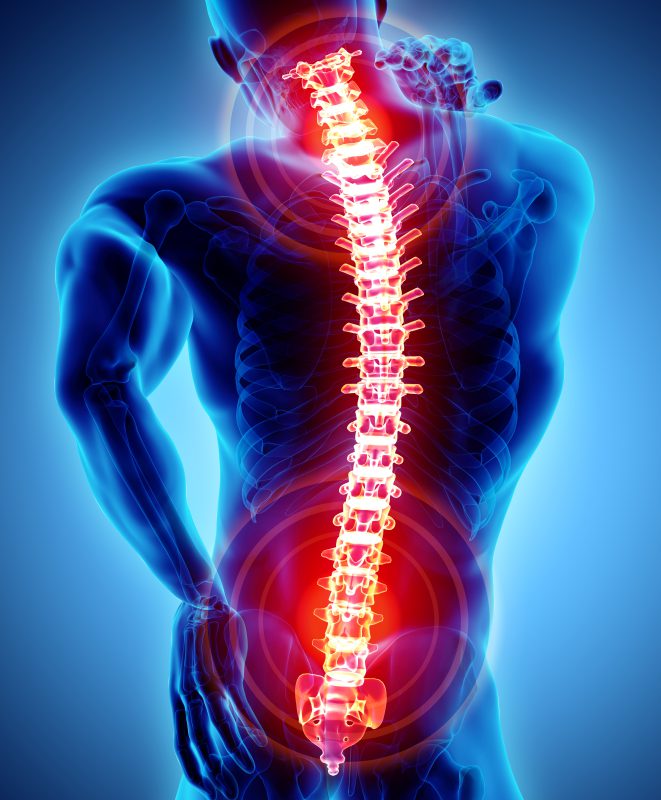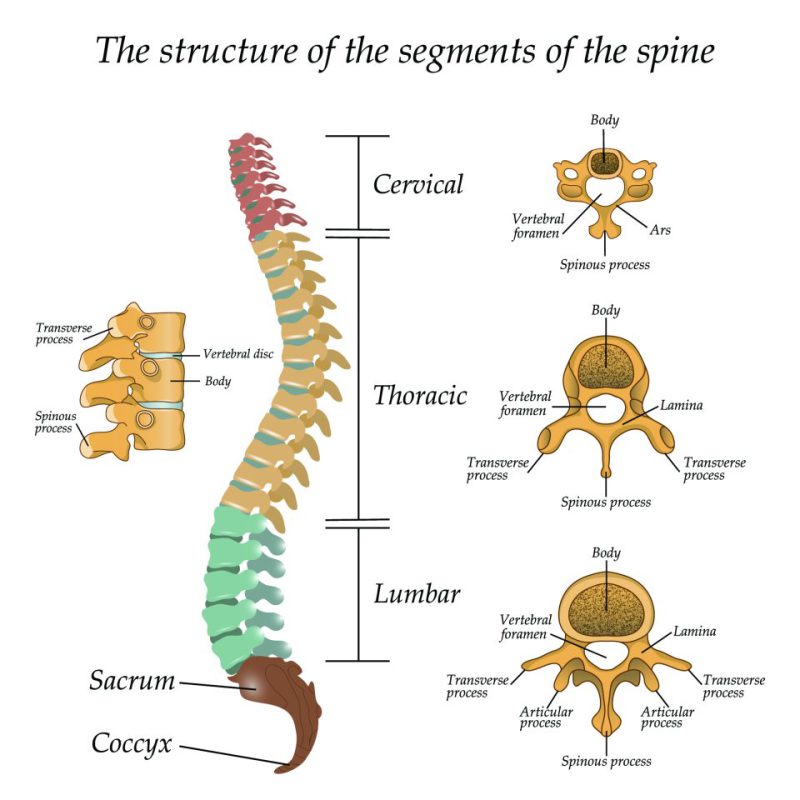cheapest country for spine surgery
Which country should I choose for the cheapest spine surgery?
Spinal surgery, also known as spine surgery, is a specialized area of surgery that focuses on the diagnosis and treatment of spinal disorders and conditions. These surgeries are aimed at relieving pain, restoring function, and improving quality of life for patients with spinal problems.
The following table shows the costs of spine surgery in some countries . Find Affordable Spine Surgery
As it is clear from the prices in the table, the cheapest country for spine surgery are in the following order
- Iran
- India
- Türkiye
- Thailand
Iran is the cheapest country for spine surgery
Iranian surgeons are very skilled and have a success rate of over 95% in spine surgeries
If you want to consult for cheapest spine surgery in Iran and Turkey, consult with WhatsApp below 989123840641
| Type of spine surgery | Iran | Thailand | Turkey | India |
| spinal discectomy surgery cost | Between $3,000 and $4,500 | Between $9,000 and $14,000 | Between $5,000 and $7,000 | Between $4,400 and $10,000 |
| spinal laminectomy surgery cost | Between $4,000 and $6,500 | Between $10,000 and $13,000 | Between $6,000 and $8,000 | Between $5,500 and $7,000 |
| Spinal fusion surgery cost | Between $4,500 and $6,500 | Between $8,000 and $13,000 | Between $8,000 and $15,000 | Between $6,500 and $8,000 |
| artificial disc replacement surgery cost | Between $4,000 and $5,500 | Between $9,000 and $11,000 | Between $4,500 and $6,500 | Between $4,500 and $7,000 |
| Scoliosis surgery cost | Between $4,000 and $6,500 | Between $10,000 and $13,000 | Between $6,000 and $8,000 | Between $5,500 and $7,000 |
| Kyphoplasty surgery cost | Between $4,000 and $5,500 | Between $9,000 and $11,000 | Between $4,500 and $6,500 | Between $4,500 and $7,000 |
There are several types of spinal surgeries, including:
1. Discectomy: This procedure involves the removal of a damaged or herniated disc to relieve pressure on the spinal nerves. It can be performed using open surgery or minimally invasive techniques.
2. Laminectomy: A surgical procedure that involves the removal of part or all of the vertebral bone called the lamina to relieve pressure on the spinal cord or nerves.
3. Spinal fusion: This surgery involves fusing two or more vertebrae together to provide stability and reduce pain caused by spinal instability or degenerative conditions. Bone grafts, metal plates, screws, and rods may be used to join the vertebrae together.
4. Artificial disc replacement: In this procedure, a damaged intervertebral disc is replaced with an artificial one to restore motion and function to the spine.
5. Foraminotomy: A surgery that involves enlarging the opening in the vertebrae (foramen) where the spinal nerves exit to relieve nerve compression and related symptoms.
6. Lumbar decompression: This procedure is used to treat spinal stenosis, a narrowing of the spinal canal that can cause pain, numbness, or weakness in the legs.
7. Scoliosis surgery: In cases of severe scoliosis (curvature of the spine), surgery may be required to correct the deformity and prevent further progression.
8. Kyphoplasty and vertebroplasty: These minimally invasive procedures are used to treat vertebral compression fractures, often caused by osteoporosis. They involve the injection of bone cement to stabilize and strengthen the fractured vertebra.
Spinal surgeries carry risks, such as infection, bleeding, nerve damage, and complications related to anesthesia. Recovery times vary depending on the type of surgery and the patient’s overall health. Physical therapy and rehabilitation are often essential components of the recovery process.
It is important to consult with a spine specialist to determine the appropriate treatment for your specific spinal condition. They can provide a thorough evaluation and recommend the best course of action based on your individual needs.
scoliosis spine surgery
Scoliosis spine surgery is performed to correct abnormal curvature of the spine and stabilize the spine. The most common procedures for scoliosis are:
• Spinal fusion – This is the most common surgery for scoliosis. It involves fusing together two or more vertebrae to correct the abnormal curve and stabilize the spine. Bone grafts are used to fuse the vertebrae together. Rods and screws are also implanted to help hold the spine in the correct position during healing and fusion.
• Instrumentation – In addition to spinal fusion, rods and screws are attached to the spine to help straighten the curve and hold the spine in the correct position. The rods and screws are not permanent but remain in place until fusion occurs.
• Minimally invasive surgery – Small incisions and specialized instruments are used to perform the spinal fusion with less damage to surrounding tissues. This can result in less pain, smaller scars, and faster recovery.
• Growth rod surgery – For children whose bones are still growing, adjustable metal rods are implanted to help straighten and control the curve as the child grows and develops. The rods are lengthened periodically without fusion until the child stops growing.
The goals of scoliosis spine surgery are to:
• Straighten the abnormal spine curvature and correct the deformity
• Halt the progression of the curve and prevent it from worsening
• Stabilize the spine and prevent excessive twisting or lateral bending
• Improve appearance and alignment of the back
• Relieve pain and discomfort associated with the scoliosis
Recovery can take several months to over a year as the fusion mass strengthens. Braces or casts are sometimes used during recovery to support the spine. Physical therapy and exercise are often recommended to help in the healing and strengthening process.
Discectomy spine surgery
A discectomy is a surgical procedure that involves the removal of all or part of a spinal disc that is causing pain or other symptoms. The spinal discs are the soft, gel-like cushions that sit between the vertebrae in the spine and help absorb shock and provide flexibility.
A discectomy may be recommended for patients who have a herniated or bulging disc that is pressing on a nerve root or spinal cord, causing pain, numbness, or weakness in the arms or legs. The surgery is performed under general anesthesia and typically involves making a small incision in the back or neck to access the affected disc.
During the procedure, the surgeon will carefully remove the portion of the disc that is causing the compression, using specialized surgical instruments. In some cases, the entire disc may need to be removed and replaced with an artificial disc or bone graft to maintain the stability of the spine.
Following the surgery, patients may need to stay in the hospital for a few days to recover and manage their pain. Physical therapy and other rehabilitation measures may also be recommended to help patients regain strength and mobility in the affected area.
Care after spine surgery
The specific care needed after spine surgery will depend on the type of surgery performed and the patient’s individual health status and needs. However, there are some general guidelines that can help with recovery and prevent complications.
Here are some tips for care after spine surgery:
1. Follow your doctor’s instructions: Your doctor will provide specific instructions for your care after surgery, including any medications you need to take, activity restrictions, and wound care.
2. Manage pain: You may experience some pain or discomfort after surgery. Your doctor may prescribe pain medications or other treatments to help manage your pain.
3. Monitor for complications: Watch for signs of infection, such as fever, redness, swelling, or drainage from the surgical site. Also, contact your doctor if you experience any new or worsening symptoms, such as numbness or weakness in your arms or legs.
4. Rest and limit activity: You will need to rest and limit your activity for a period of time after surgery. Your doctor will provide specific guidelines for when you can gradually resume normal activities.
5. Attend physical therapy: Your doctor may recommend physical therapy to help you regain strength, flexibility, and mobility after surgery. Attend all of your scheduled physical therapy appointments and follow your therapist’s instructions.
6. Eat a healthy diet: Eating a healthy diet can help promote healing and prevent complications. Make sure to get enough protein, vitamins, and minerals in your diet.
7. Stop smoking: If you smoke, quitting can promote healing and reduce the risk of complications. Talk to your doctor about resources to help you quit.
By following these tips and any specific instructions from your doctor, you can help ensure a successful recovery after spine surgery.
cheapest country for spine surgery






